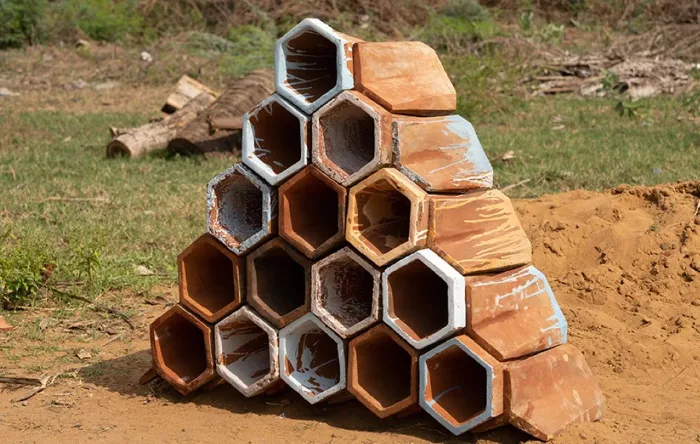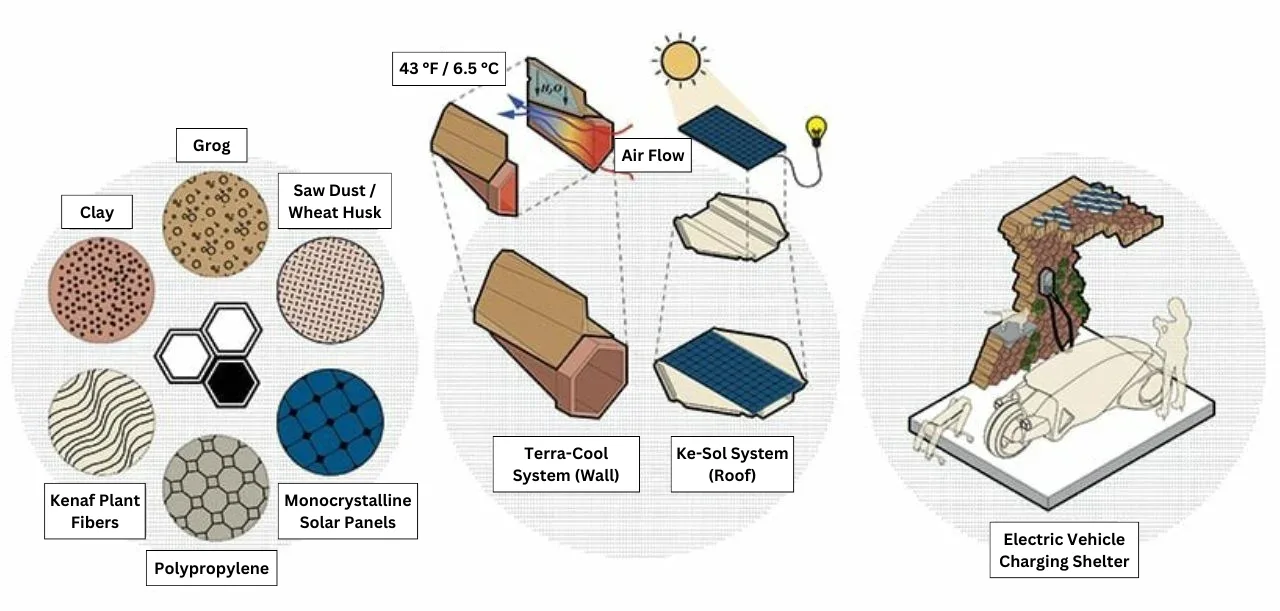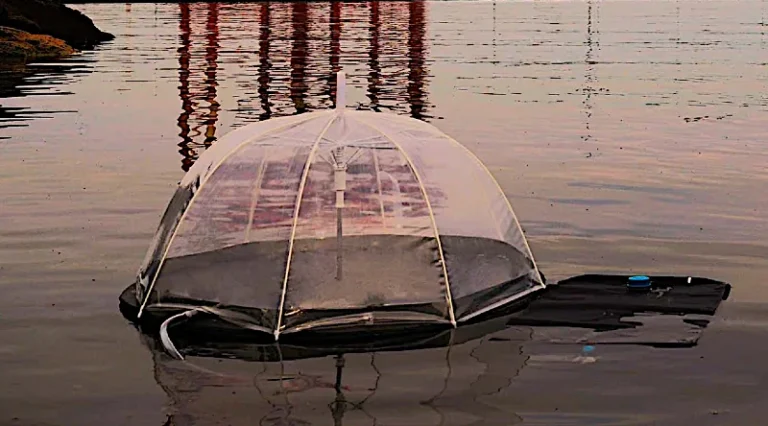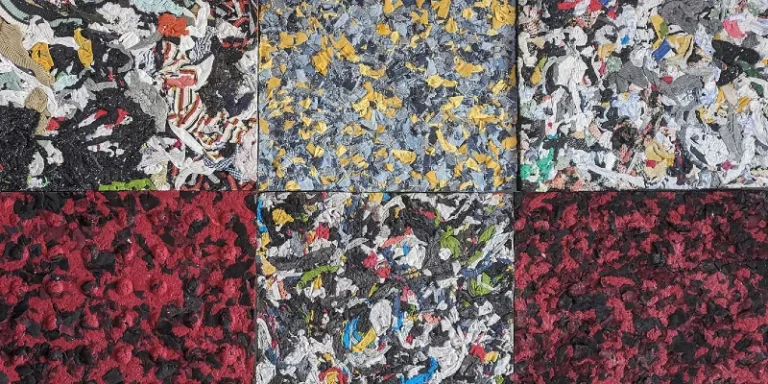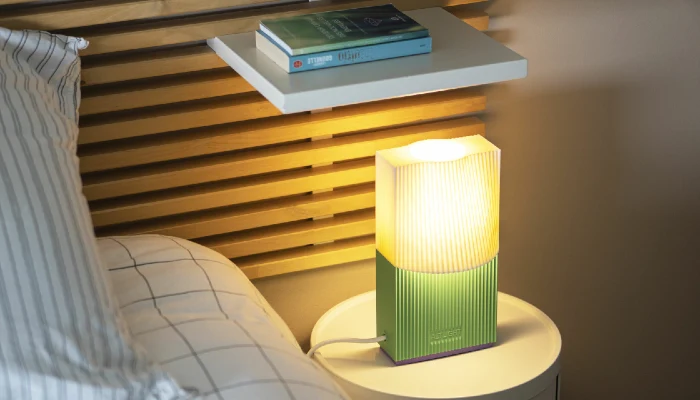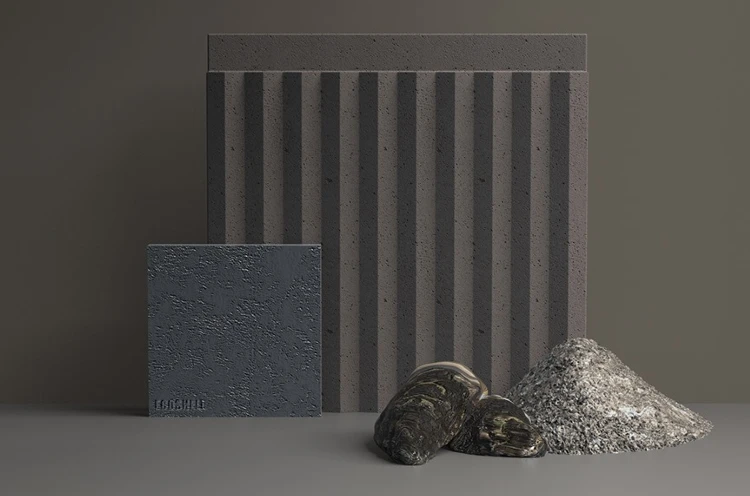In our ongoing quest for environmental sustainability, the Lo-Hi Tech project by Studio SKLIM emerges as a noteworthy innovation. This initiative brilliantly merges the simplicity of traditional materials with the sophistication of modern technology. It’s not just about creating something new; it’s about reshaping how we think about and use materials in our daily lives.
Understanding the Lo-Hi Tech Project
At the heart of the project are two pioneering building material systems: the Ke-Sol System (KSS) and the Terra-Cooling System (TCS). Let’s delve into what makes these systems stand out.
Imagine a roof tile that’s not just a passive shelter, but an active energy generator. That’s what the Ke-Sol System brings to the table. It fuses Kenaf fibers into biocomposite roof tiles, incorporating custom solar panels.
The process involves high thermal pressure to transform Kenaf fiber mats into strong, lightweight panels, later integrated with monocrystalline solar panels. This design isn’t only eco-friendly but also a step towards self-sustaining energy solutions for buildings.
Evaluating the Sustainability
Kenaf fibers are a renewable resource, making these tiles a more sustainable alternative to traditional roofing materials, which often involve extensive resource extraction. Of course, we must consider the entire lifecycle of these tiles, including the energy used in manufacturing and the sustainability of the solar panels themselves.
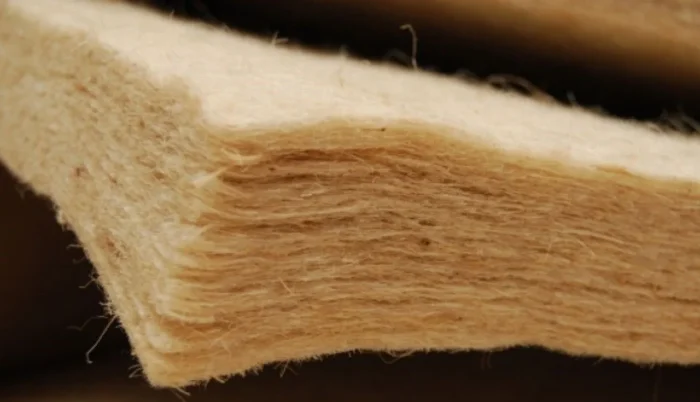
The Terra-Cooling System: Reviving Ancient Wisdom
The TCS takes a leaf from ancient refrigeration techniques, utilizing terracotta’s natural cooling properties. Comprising Hex and Tri components, it effectively transforms hot air into cooler air, acting as a water tank simultaneously. This system isn’t just about cooling; it’s about how we can leverage time-tested materials in new, efficient ways.
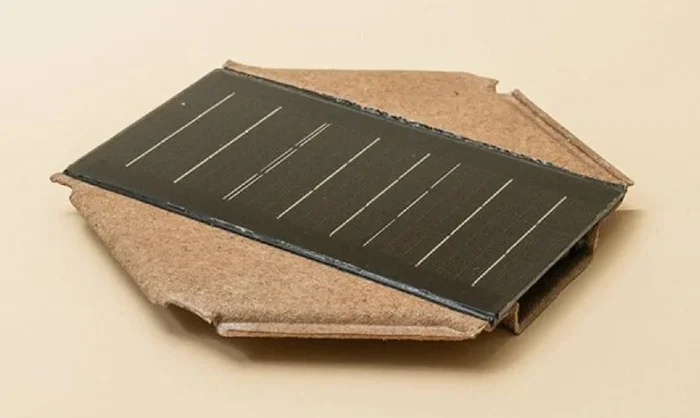
While the TCS shows a significant drop in air temperature, the scalability and adaptability of this system in various climatic and architectural contexts are vital factors to consider. The integration of such systems into existing infrastructures could pose logistical challenges. And the research team has the data to back up the claims (and hopes of operational sustainability).
Beyond the Roof and Walls
The vision of Lo-Hi Tech extends beyond mere building materials. It envisions a future where these material systems intertwine with infrastructure, such as Electric Vehicle (EV) charging stations.

Such an integrated approach could significantly enhance the sustainability of urban environments.
More To Discover
The Lo-Hi Tech project, a fusion of old and new, presents a fresh perspective on sustainable building solutions. While its approach is commendable, the practical application, cost implications, and long-term sustainability of these materials and systems warrant closer examination. As we move towards a greener future, projects like Lo-Hi Tech open doors to possibilities where tradition and innovation coexist in harmony.







